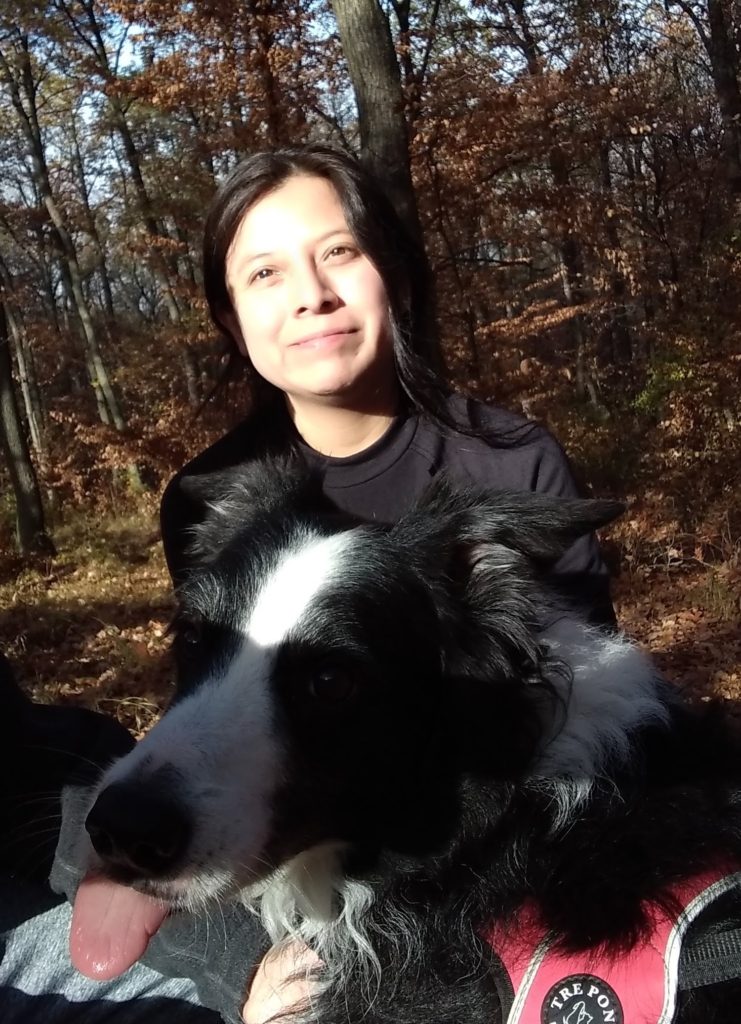
I have to admit, when I read the study about dogs being #bilingual, I wasn’t surprised. My son, 32, has a dog, Momo, that he has sworn is bilingual since they rescued him three years ago. I still remember the call, a few weeks after Momo became part of the family. “Mama, I think Momo is bilingual. He can understand Spanish when I speak to him.” I smiled and was more amused by my son speaking to the dog in Spanish than by the dog’s response. Fast forward a couple of years, when I saw the released study by Dr. Cuaya, I was surprised and admit, I stood corrected! I forwarded the study to my son right away and I contacted the author and asked her to join me for an IG Live.
Dr. Laura V. Cuaya is a biomedical scientist, born and raised in Mexico now doing her Ph.D. work in the Ethology department at the Eötvös Loránd University in Budapest, Hungary. She also has degrees in neurobiology and psychology. Dr. Cuaya is best known for her study Dogs are “Bilingual,” published last year.
The study, in which 18 dogs participated, including her two dogs, consisted of training the dogs to lay motionless in a brain scanner, where the scientists played them speech excerpts of “The Little Prince” in Spanish and Hungarian. All dogs had heard only one of the two languages from their owners. This helped the experts compare the dogs’ reaction to a highly familiar language vs a completely unfamiliar one. They also were tested to detect the difference between speech and no-speech.
According to the study findings, when comparing dogs’ brain responses to speech and non-speech, researchers found distinct activity patterns in dogs’ primary auditory cortex. This distinction was there independently of whether the stimuli originated from the familiar or the unfamiliar language. There was, however, no evidence that dog brains would have a neural preference for speech over non-speech. Thus, dogs’ brains, like human brains, can detect between speech and no-speech. And in addition to speech detection, the participating dogs could distinguish between languages, in this case, Spanish and Hungarian. Amazing, right?
I invite you to watch our IGTV in Spanish!
Dr. Cuaya shared the specifics of the study including that the older the dog was, the better their brain distinguished between the familiar and the unfamiliar language. Just like humans, we can learn a new language at any age, even when we are older.
Next for Dr.Cuaya? She is working on a project studying the smile in dogs? Do they smile? Stay tuned!
For more about the study click here and follow Dr. Cuaya on Instagram.
¡Gracias, Dra. Cuaya!

